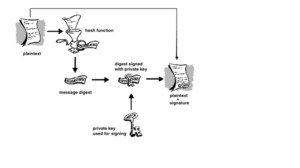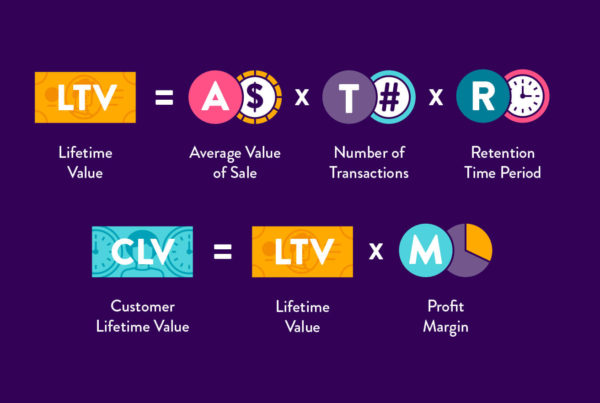For setting up the DKIM settings in your server all you need to follow is the below steps which are as follows:
Step1-Gather all your sending domains
You have to know the majority of the domains you use to send an email. Following every one of them is a vital advance that frequently gets neglected.
Your association may utilize diverse sellers for sending email for the benefit of your organization, for example, promoting messages, client benefit messages, and corporate email.
You should set up DKIM records for the majority of the sending domains and subdomains these substances use for your email.
Return Path prescribes utilizing Reputation Monitor or Sender Score to ensure you don’t miss any of the domain.
In the event that you are utilizing Sender Score, enter your space to discover Related Sending Domains or different areas that are sending email utilizing your domain or brand, however, you don’t know about.
You ought to likewise check with those that are responsible for client benefit, customer benefits, and your inner IT email director and in addition you’re Email Service Provider (ESP) to confirm that they are marking your messages (emails) with DKIM.
Step2-Now the step is to install and to configure the DKIM on the email server
All cordial email requires to be marked with DKIM, which implies you have to introduce a DKIM bundle, particularly for your email server.
To confirm your stage has accessible DKIM programming, you can check DKIM.org’s site, or check with your seller.
In the case that you utilize an ESP, work with them so that to set up the DKIM record.
Step3-Build a public and private DKIM key pair
You should utilize a DKIM key wizard to make an open and private DKIM key pair. There is a great deal of DKIM wizards, notwithstanding, Port25 is a decent alternative.
Utilize Port25 to enter your From Domain that you are verifying and enter the selector name.
You ought to likewise institutionalize your selector names so you can without much of a stretch track them. Additionally, because of DKIM particular, you have to ensure your key is 1024-piece or higher.
Step4-Distribute your public key
When you utilize a DKIM wizard, you ought to be given a selector record. This record incorporates the DKIM subdomain that will store public key which is a blend of the space and selector name.
For instance, domain.com with a selector of promoting will have people in general key put away in marketing._domainkey.domain.com.
Store the open key in the TXT part of that particular domain. You may need to work with your framework director to distribute this, or in case you’re utilizing a facilitated arrangement, most will enable you to set this up in their interface.
Step5-Then it’s time to store the private key
Your private key is likewise created by the wizard and should be put away as indicated by where your DKIM bundle determines.
Step6-Arrange or configure your email server
You should do promote the design of your framework to guarantee DKIM is introduced and working appropriately. Allude to the established guidelines for your specific server or counsel with your email supplier.
In the event that an ESP or hosting supplier is implementing the DKIM for your benefit, they will deal with the vital server setups to introduce DKIM.
Step7-Test
In the event that you have effectively designed everything on your framework, you have to test it. Utilize Port25’s Authentication Checker for this test.
A graphical representation of DKIM setup such as:
Need for DKIM
DKIM implies Domain Keys Identified Mail standard which has been made for indistinguishable reason from SPF: to keep the hackers from imitating you as an email sender.
It’s an approach to furthermore sign your messages in a way that will permit the beneficiary’s server check if the sender was truly you or not.
A Domain Keys Identified Mail, otherwise called DKIM, gives an association the chance to assume liability for a message while it is in the process of sending.
The message is marked with the association’s authentication and a mark is added to the email headers.
Many email customers, like Yahoo!, Gmail etc. will check for a substantial DKIM signature on approaching email as a method for perceiving the originator.
At the point when a mail server gets an email, it surveys the DKIM header and afterward plays out the accompanying procedures:
Recover the public key from the DNS of the sending space such as re: example.com if the sender is name@example.com.
Utilize the key to unscramble the signature and confirm the email substance.
DKIM is a method for expanding the deliverability of the email business campaigns and also takes care of the reputation of your sender,
Thus it enables you to authenticate the receiving email servers that to verify the reliability or legitimate or authenticity of the sender.
Thus to set the DKIM on the DNS server, you are securing your authenticity and inform your email receivers that you are the authenticated sender for an email.
The entire thought depends on scrambling and decoding the extra signature, which is in the header of your email message.
For which two important elements are required which we have discussed above while explaining the procedure of setting up the DKIM records such as the public and private key.
The private key, in which is remarkable to your domain and accessible solely to you. It enables you to scramble your mark in the header of your email messages.
The public key, in which you add to your DNS records utilizing DKIM standard, to permit your recipient’s server to recover it and unscramble your concealed mark from the header of your email message.
Thus ensure that all your domains or server must have the DKIM records as it helps in building your authenticity while sending any email messages.





